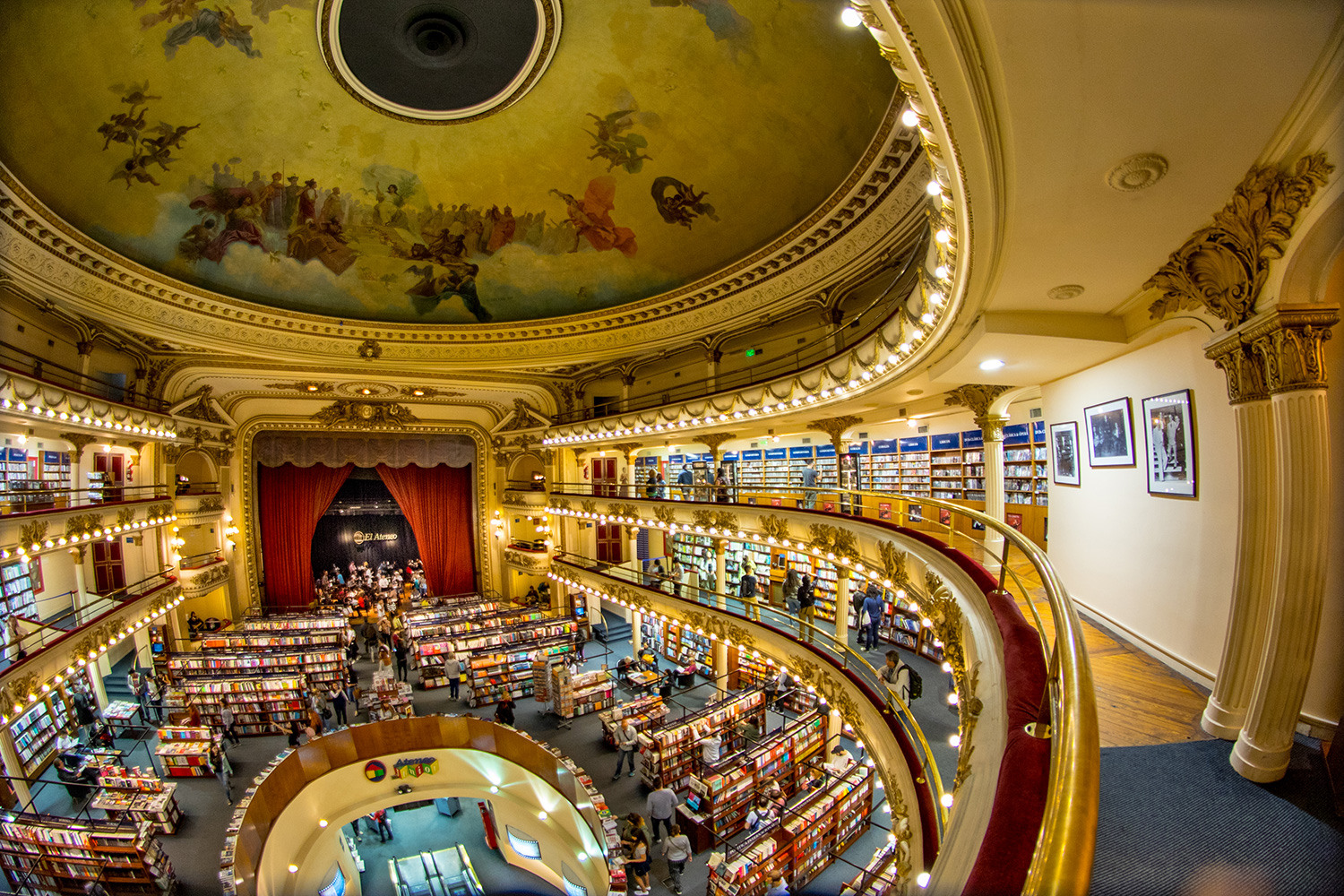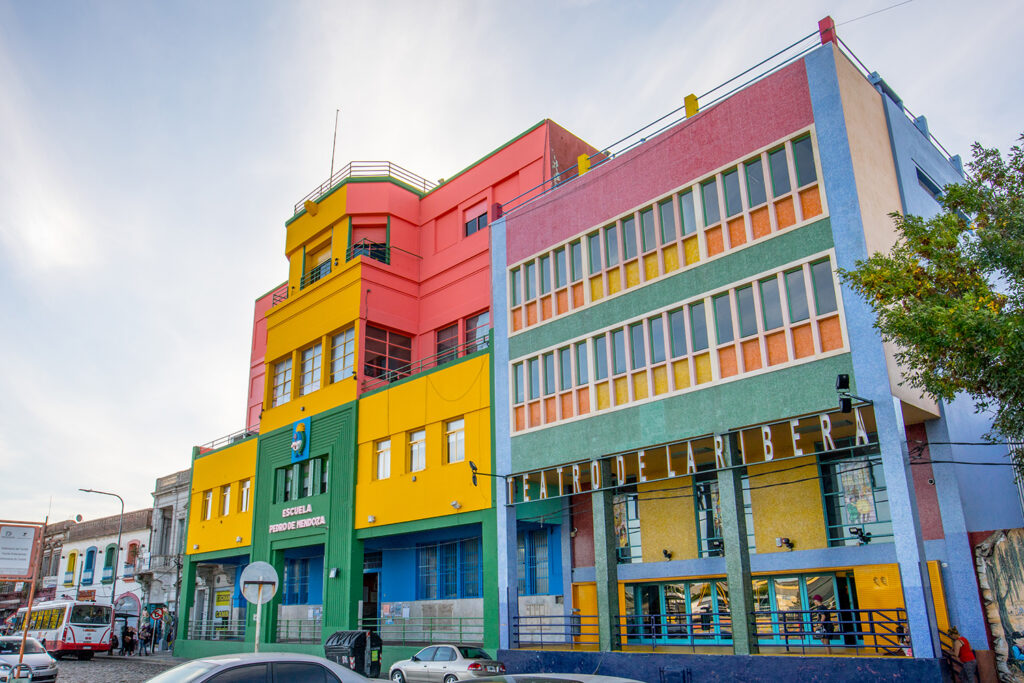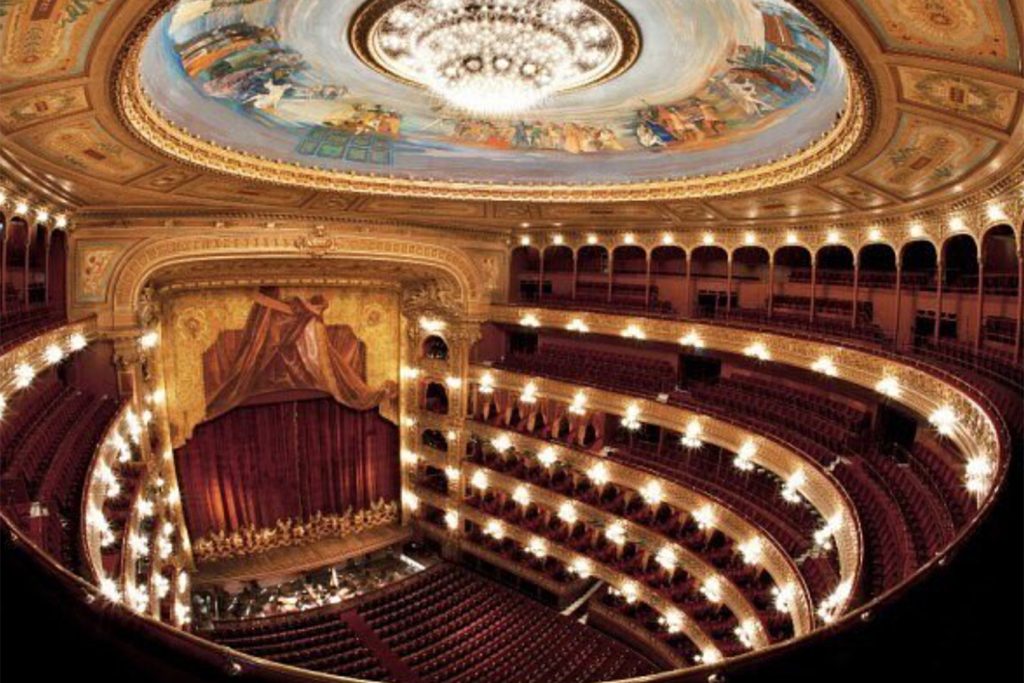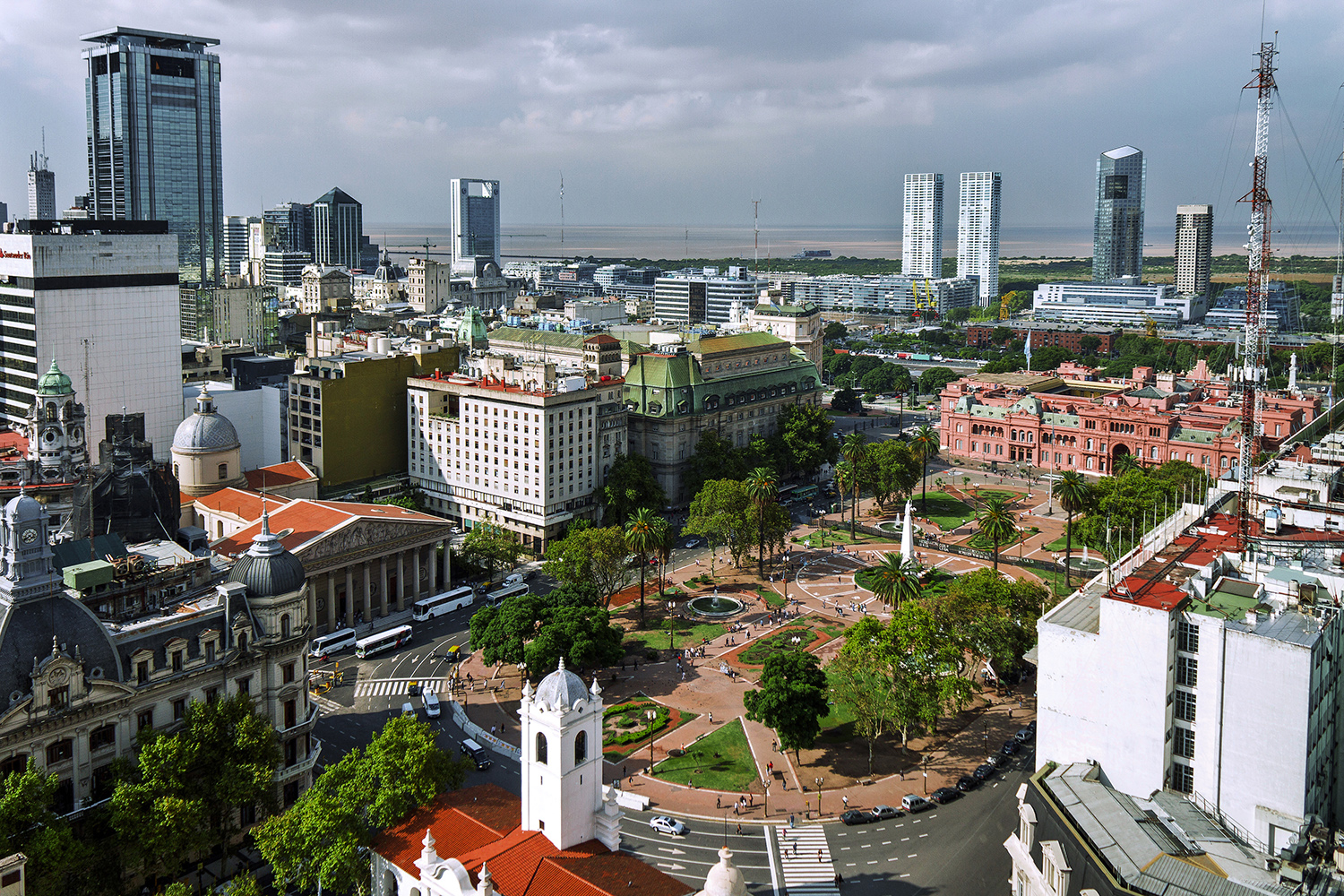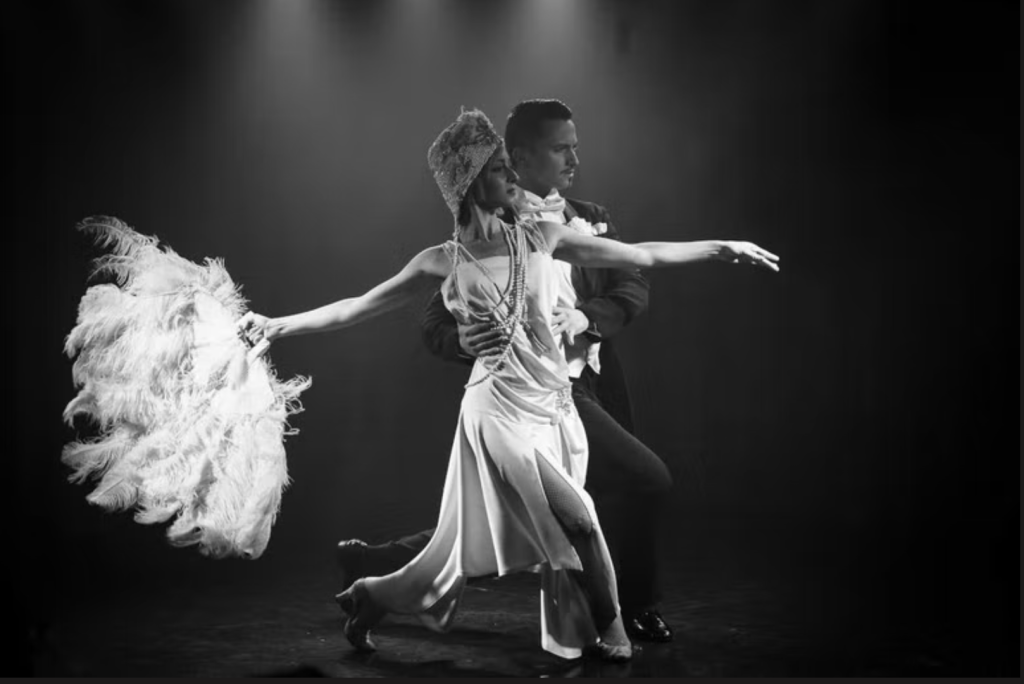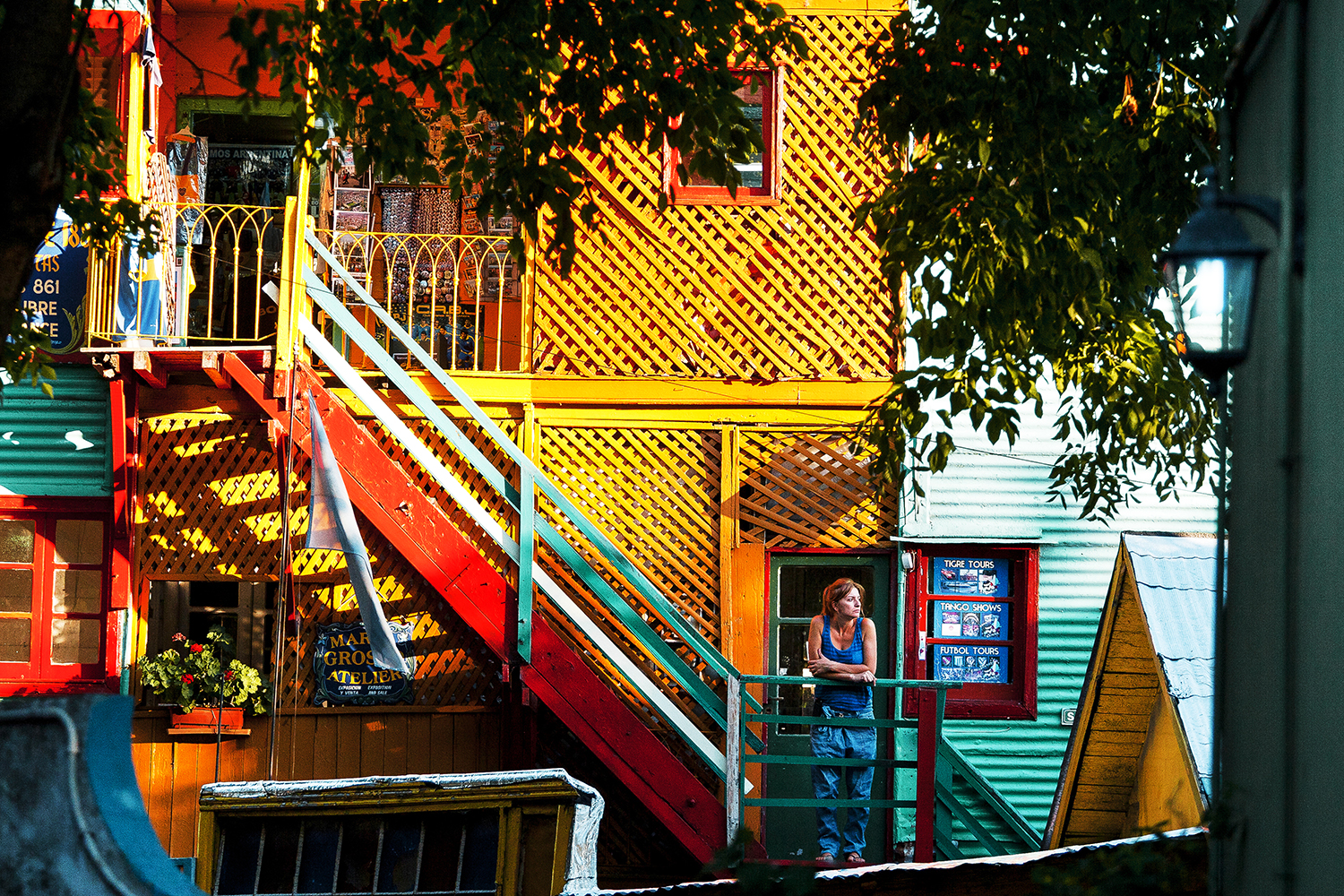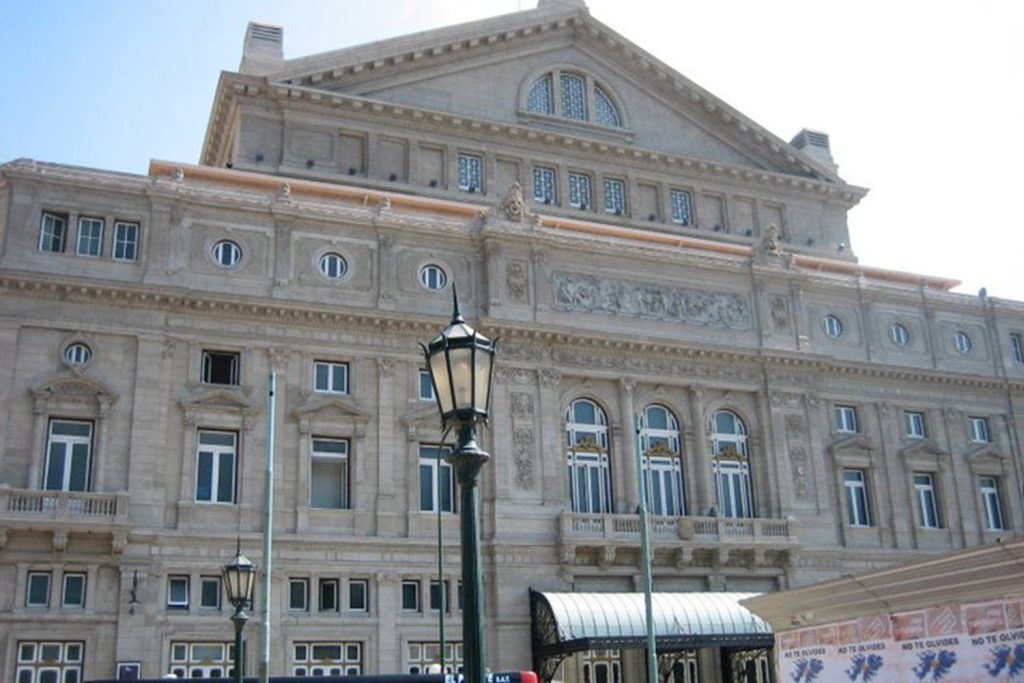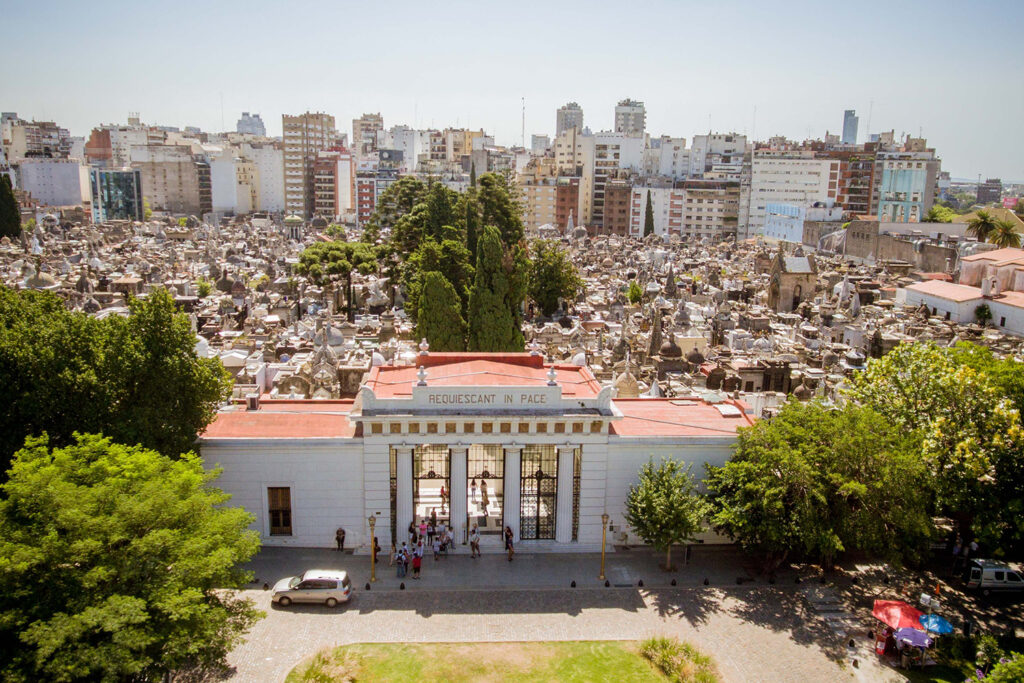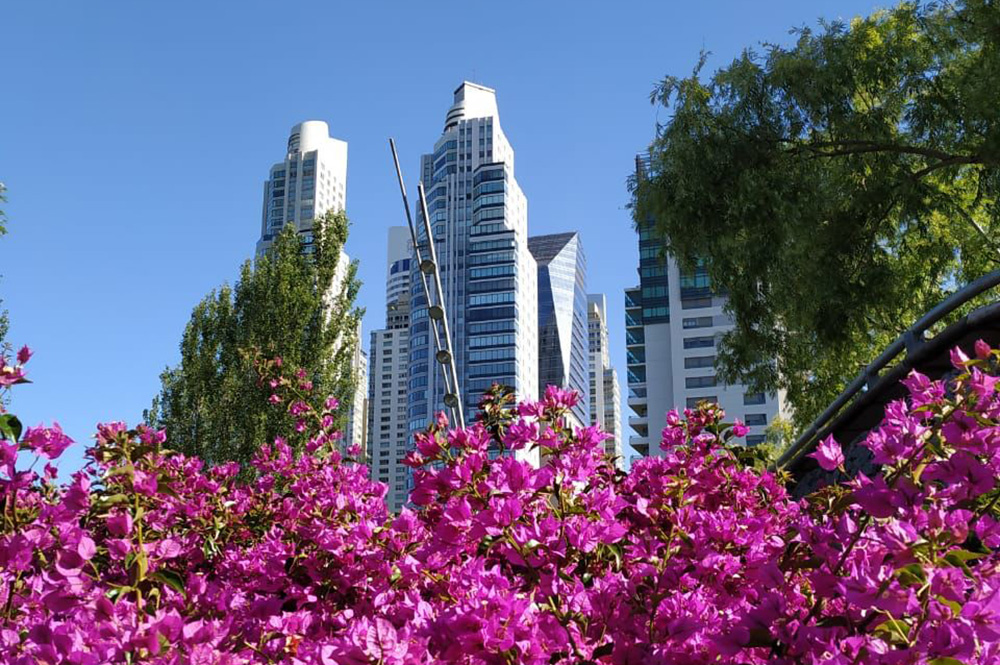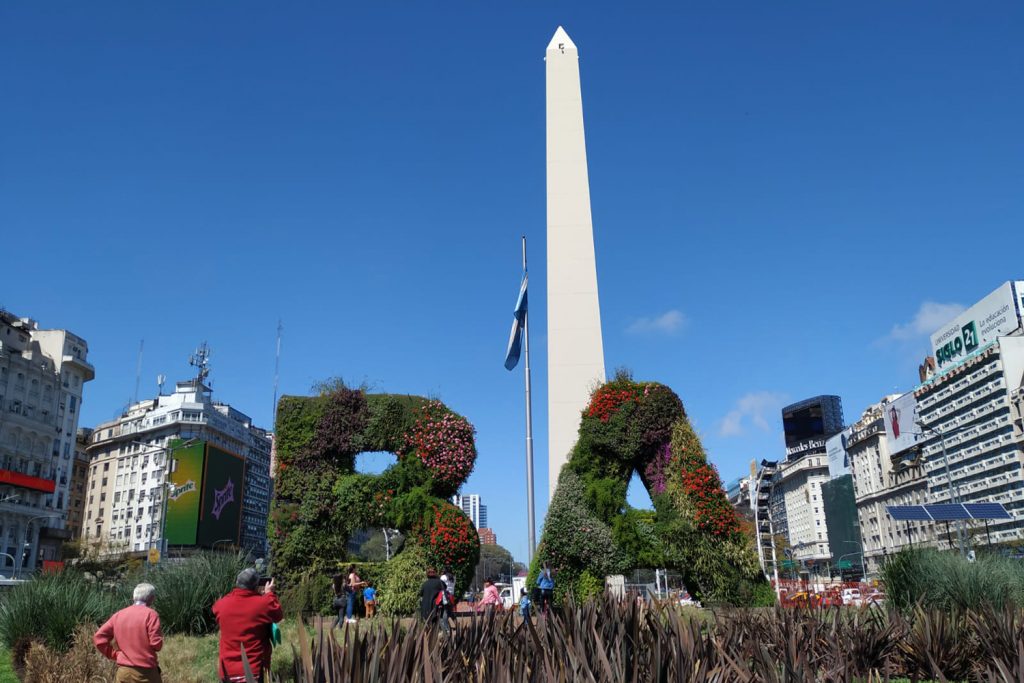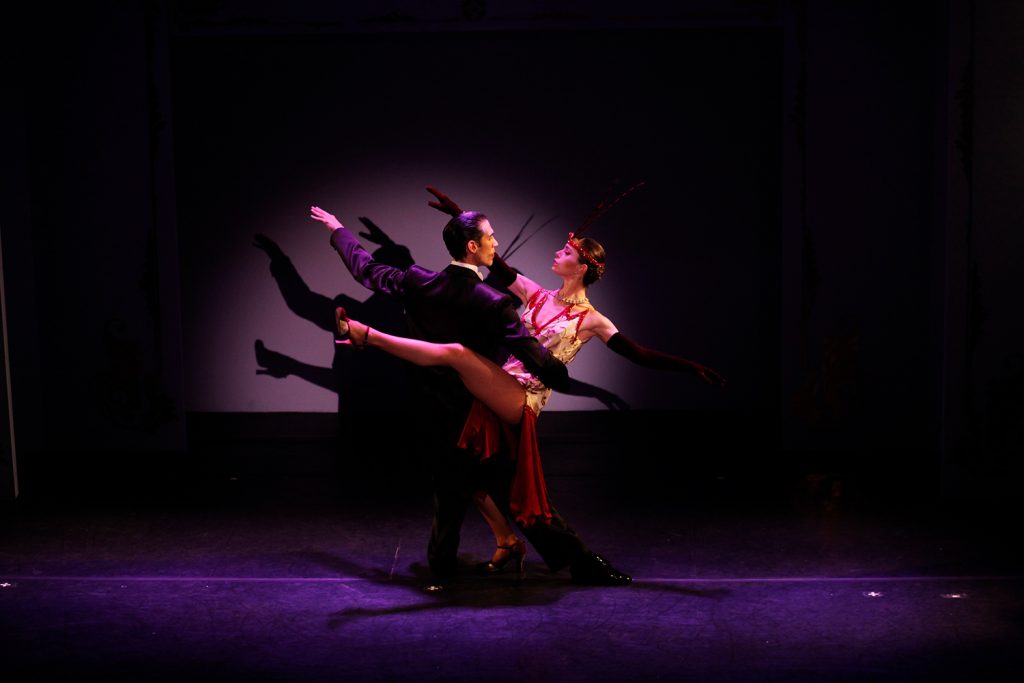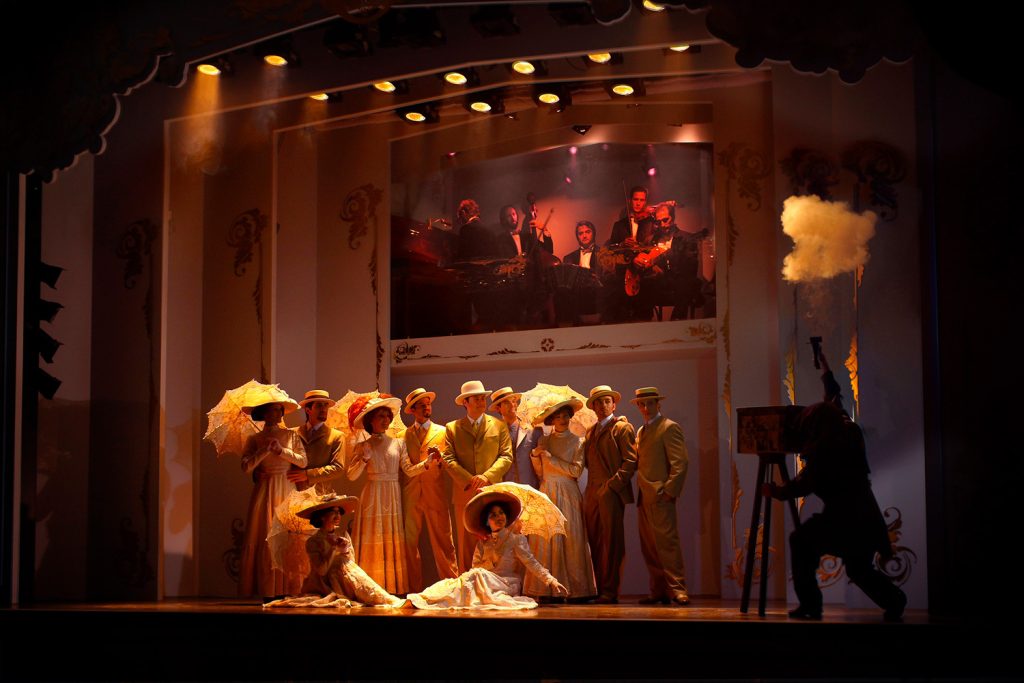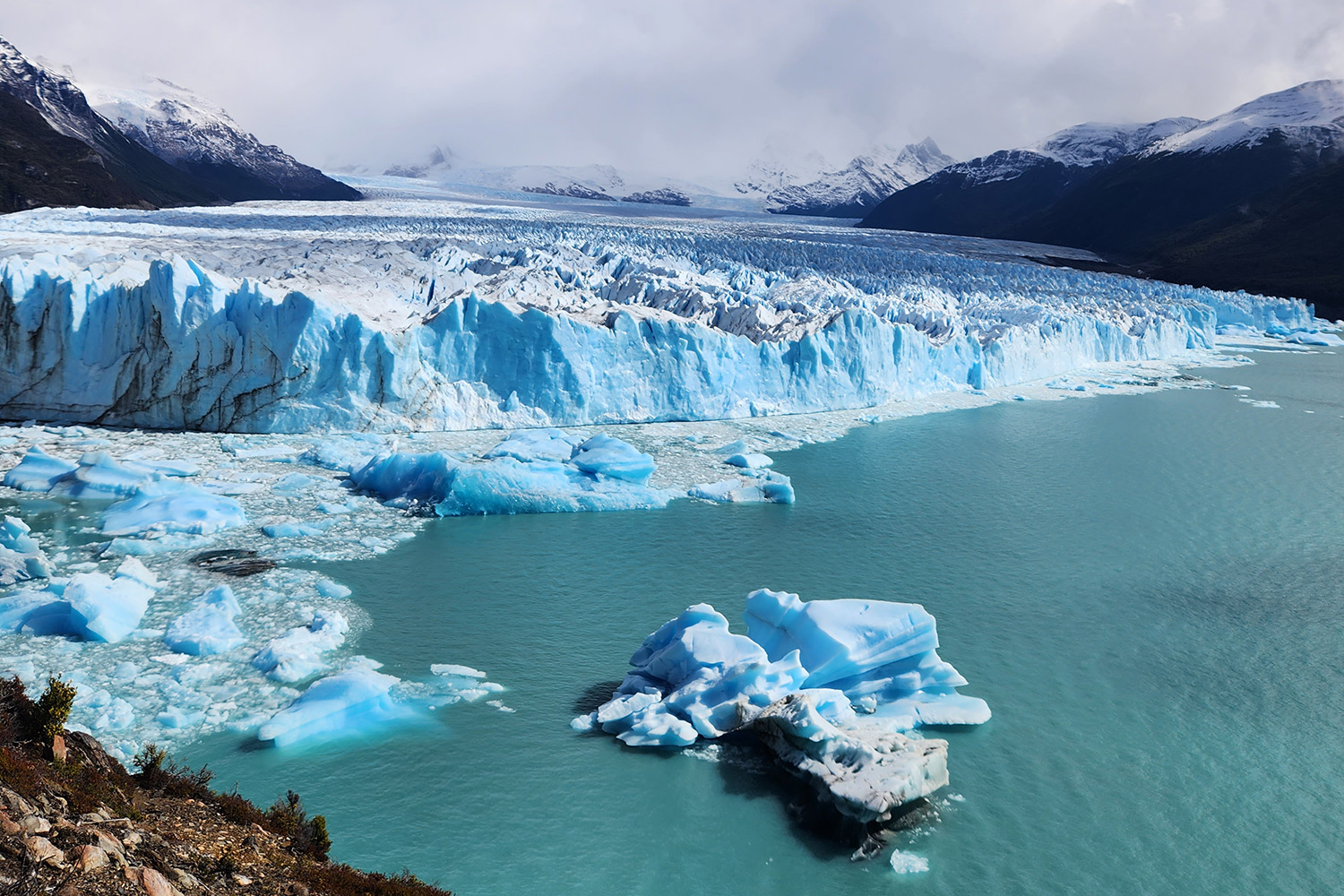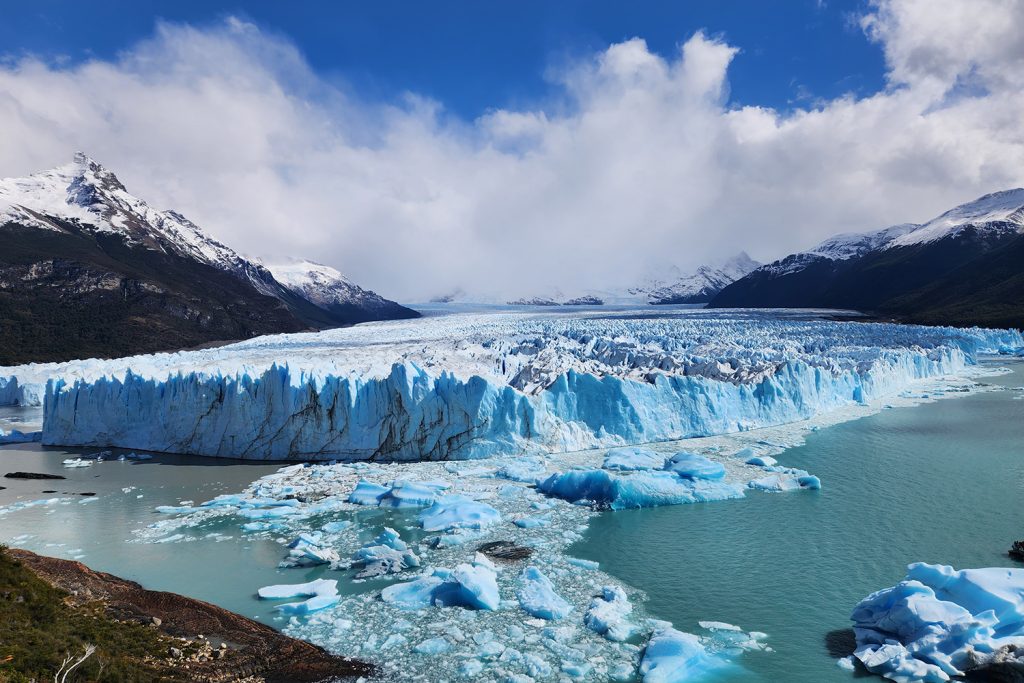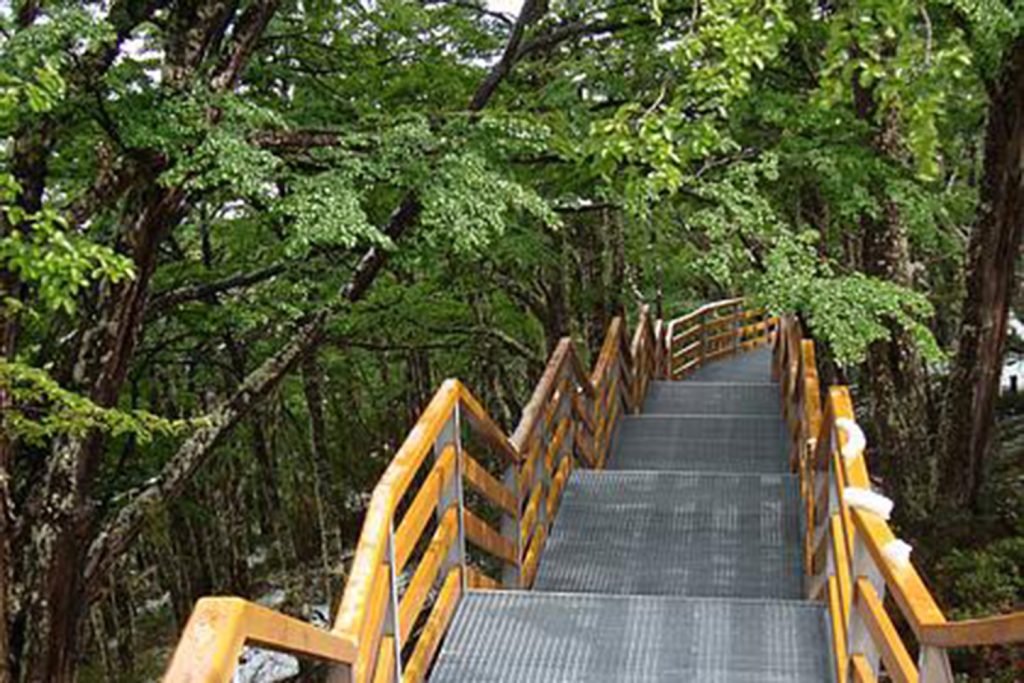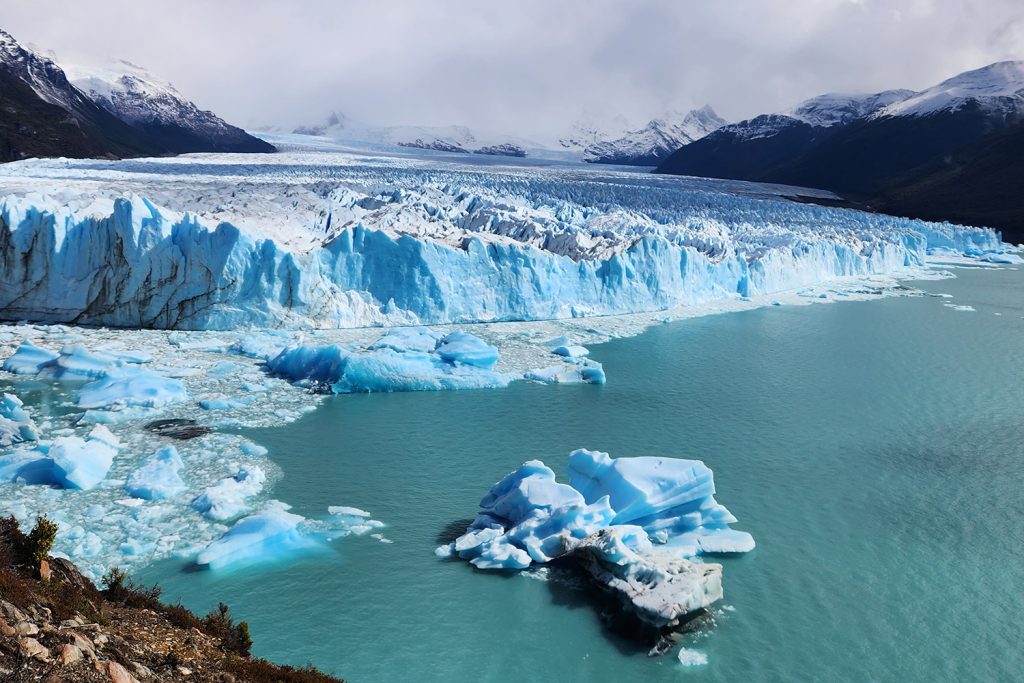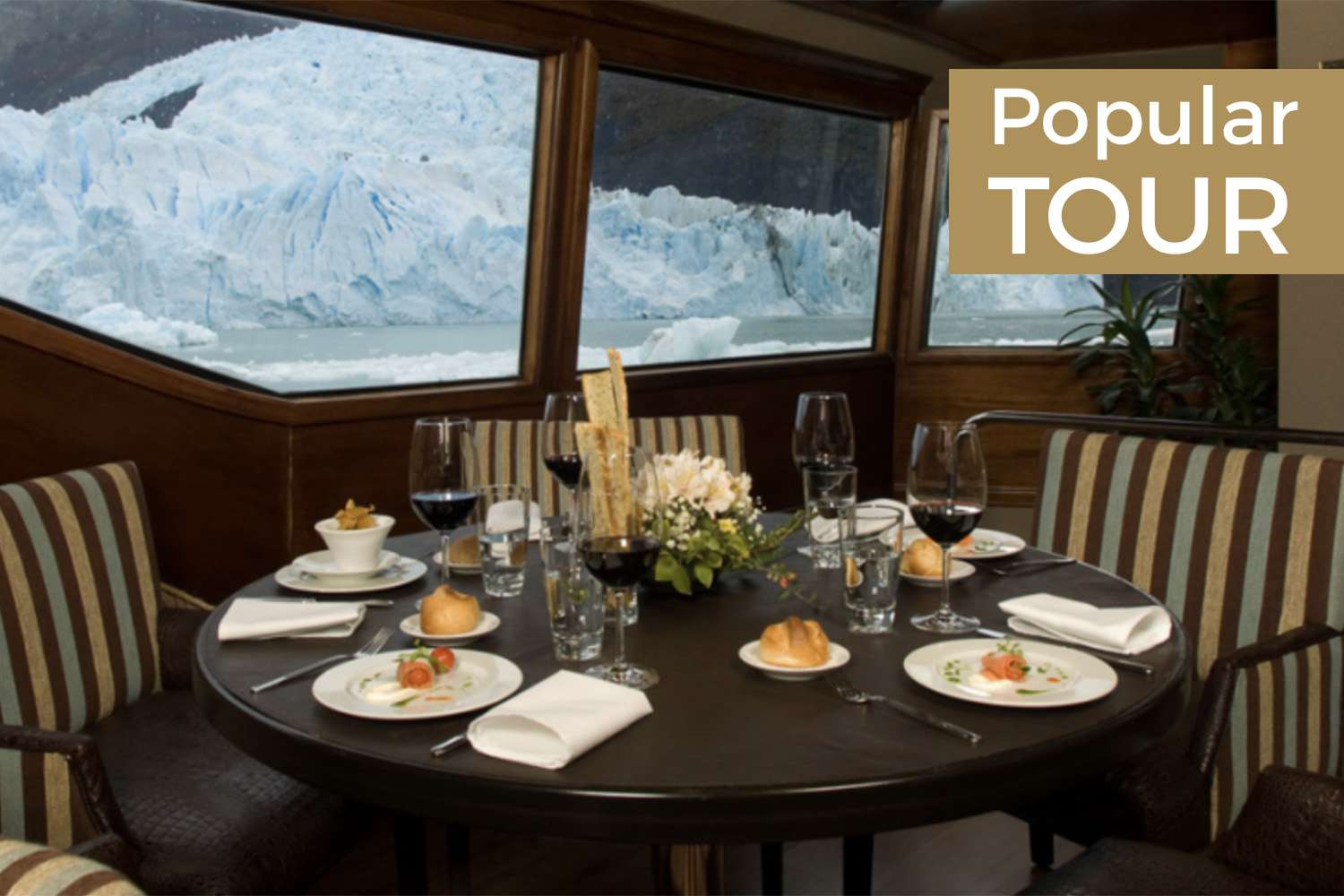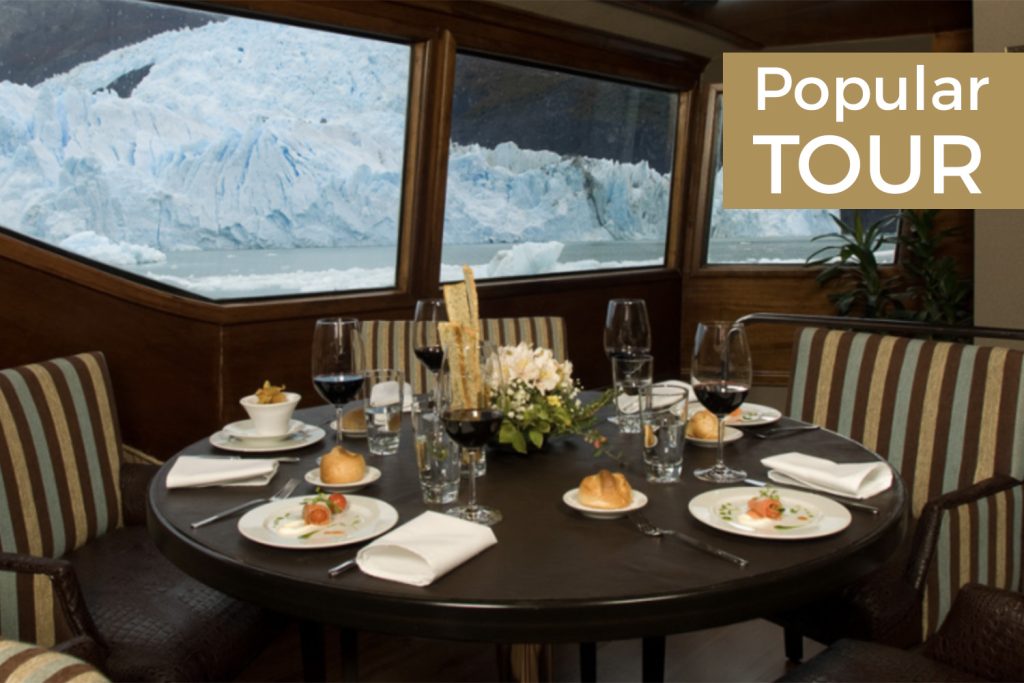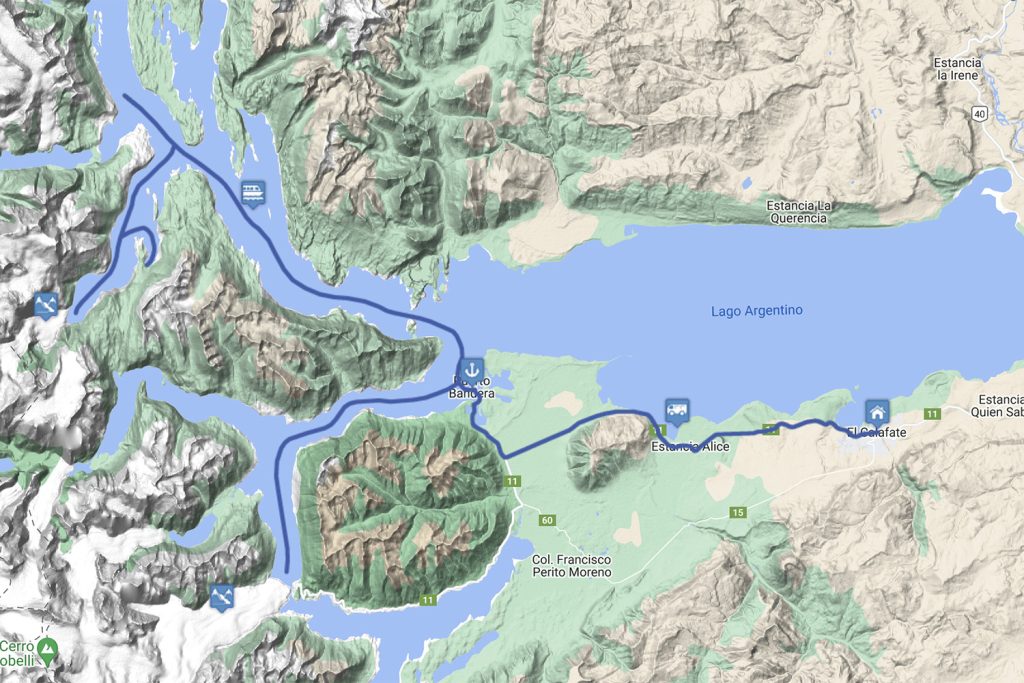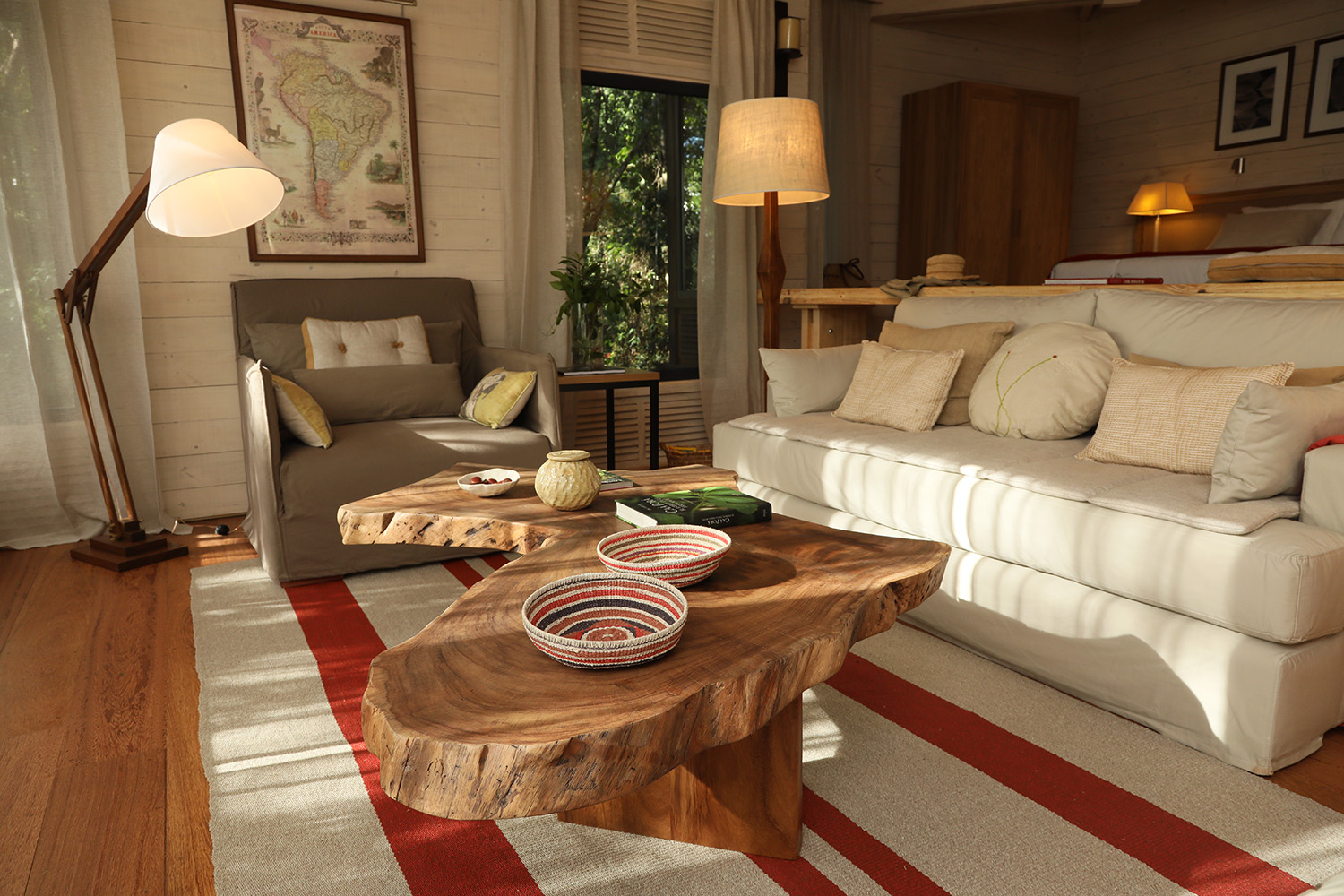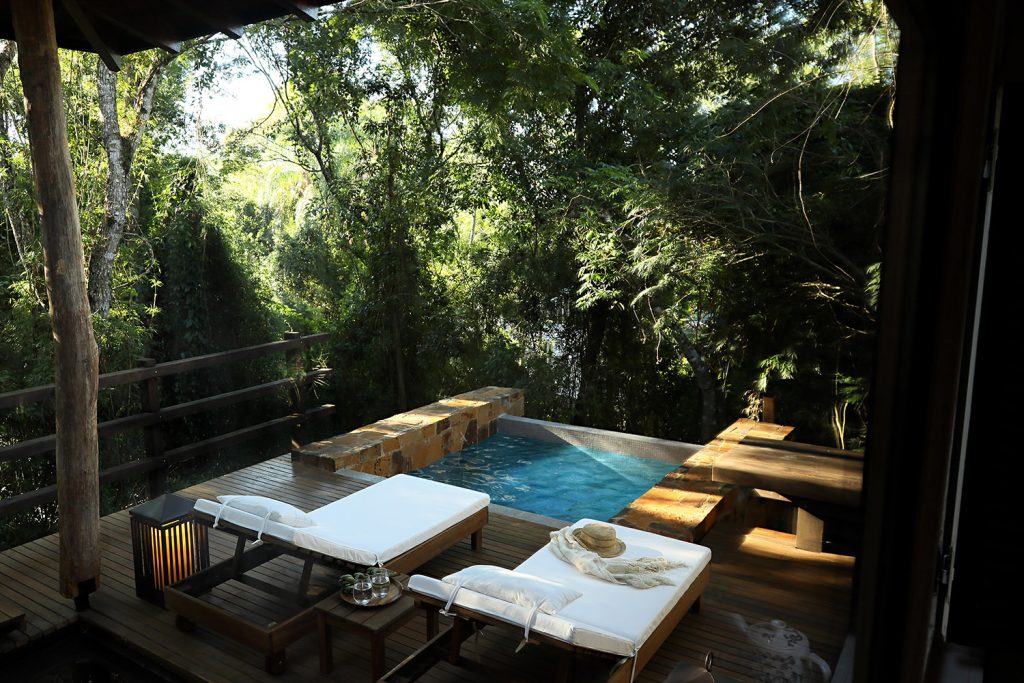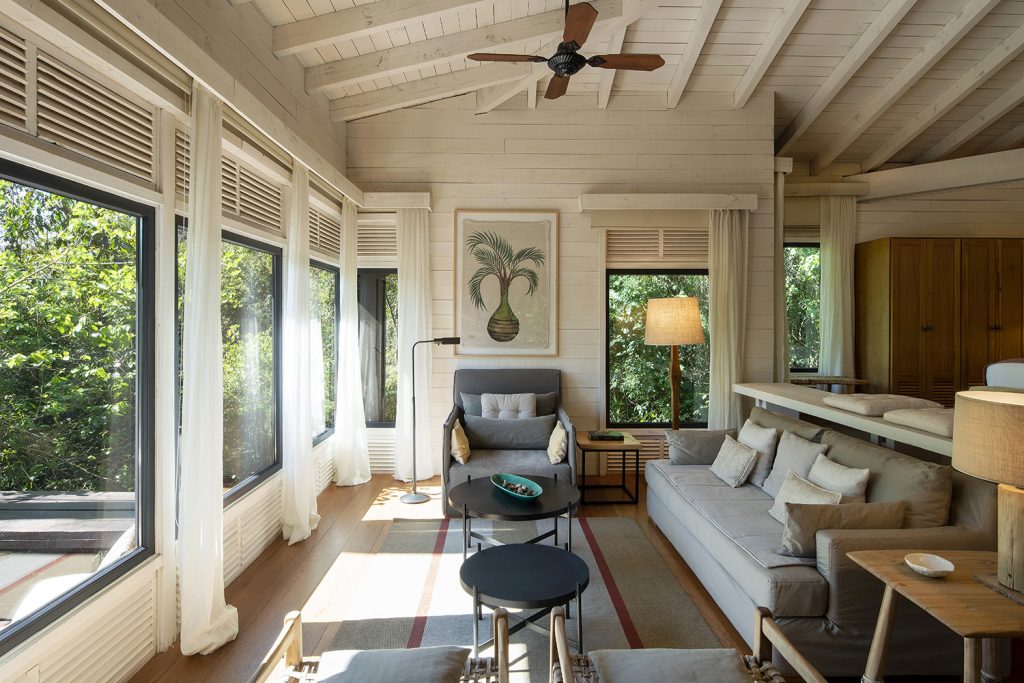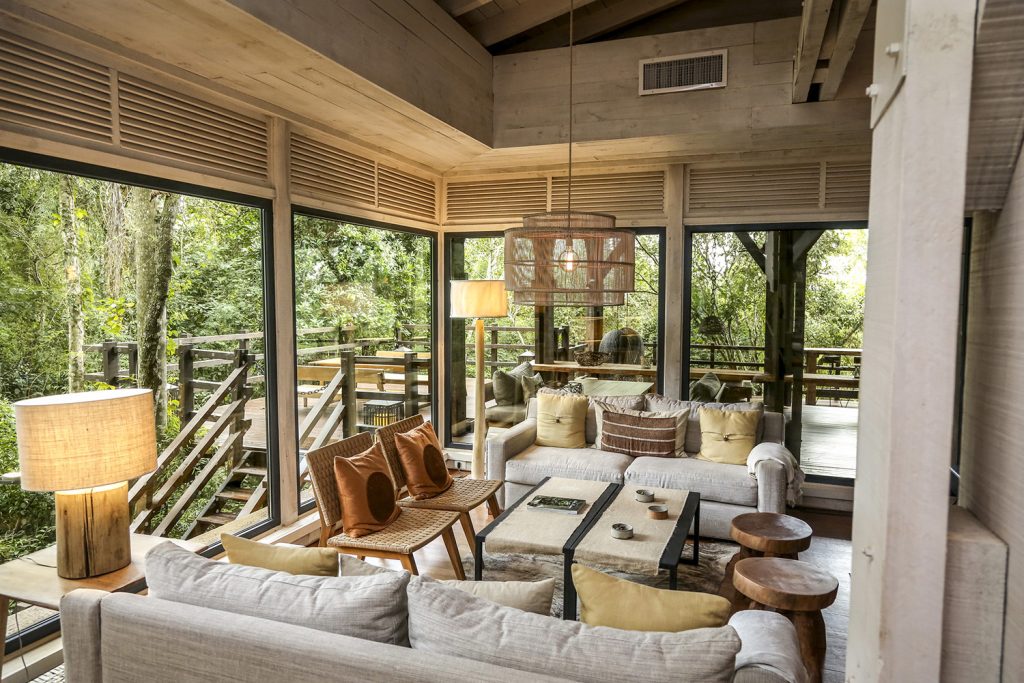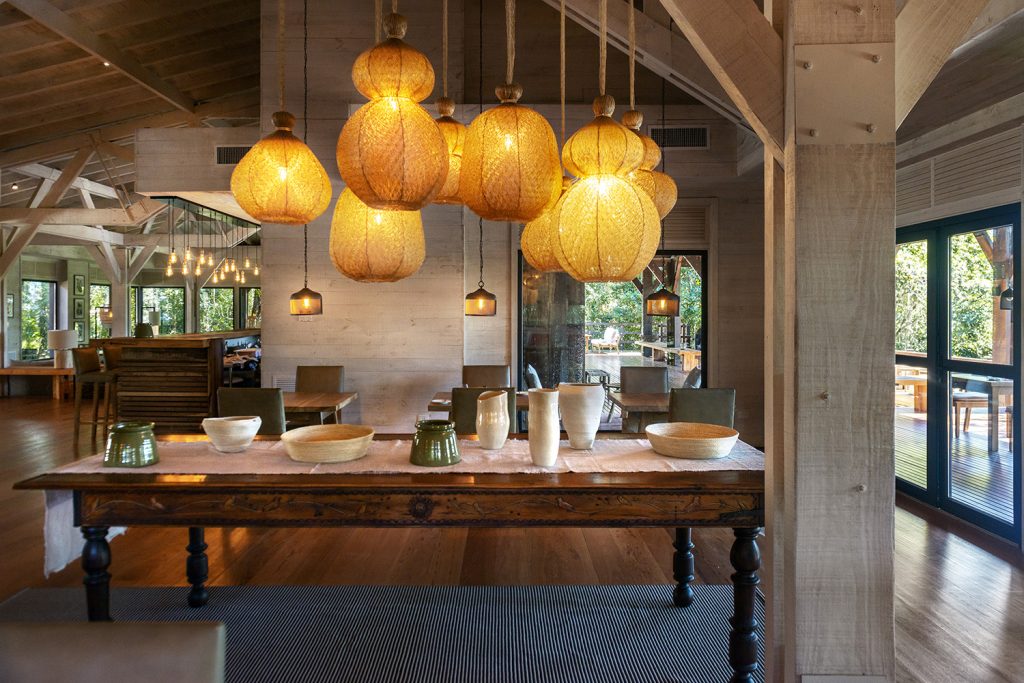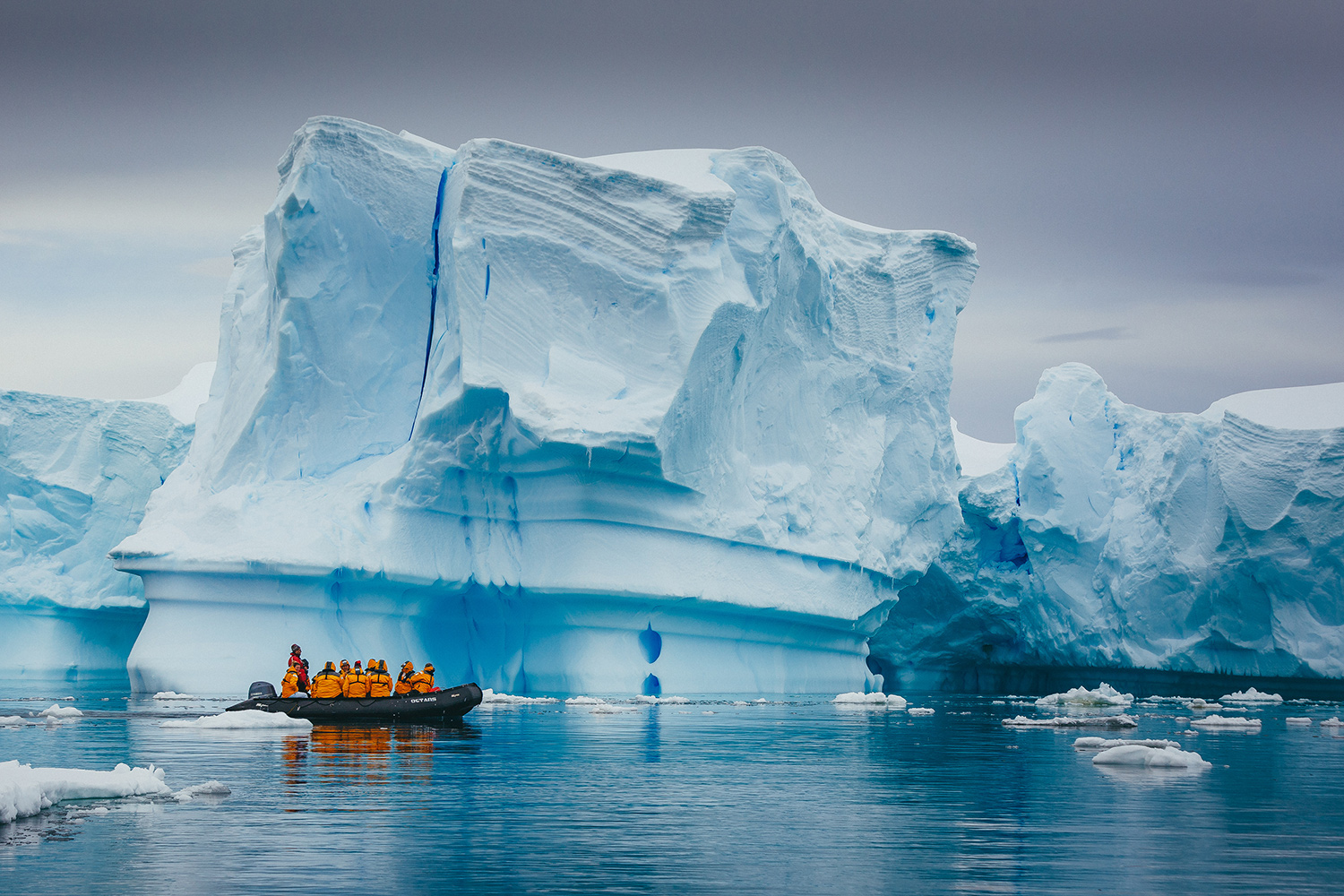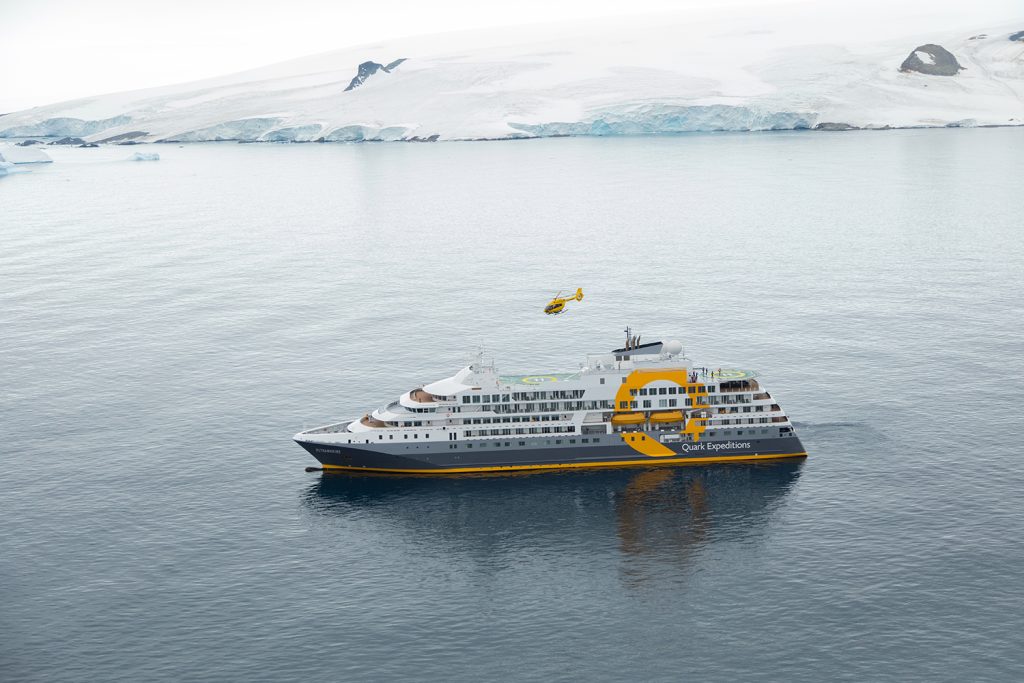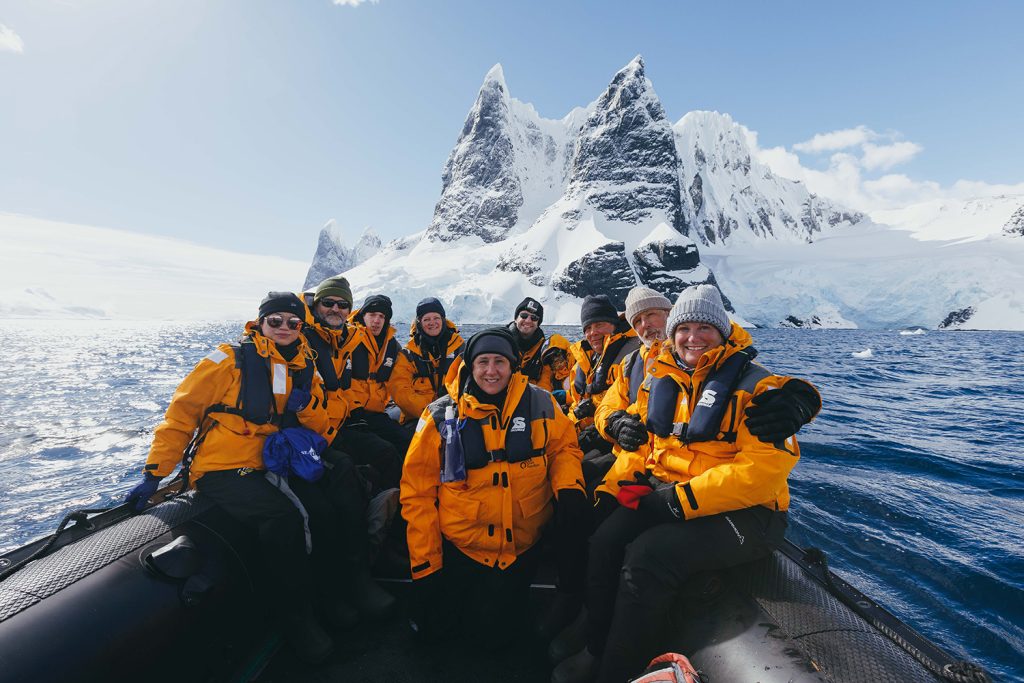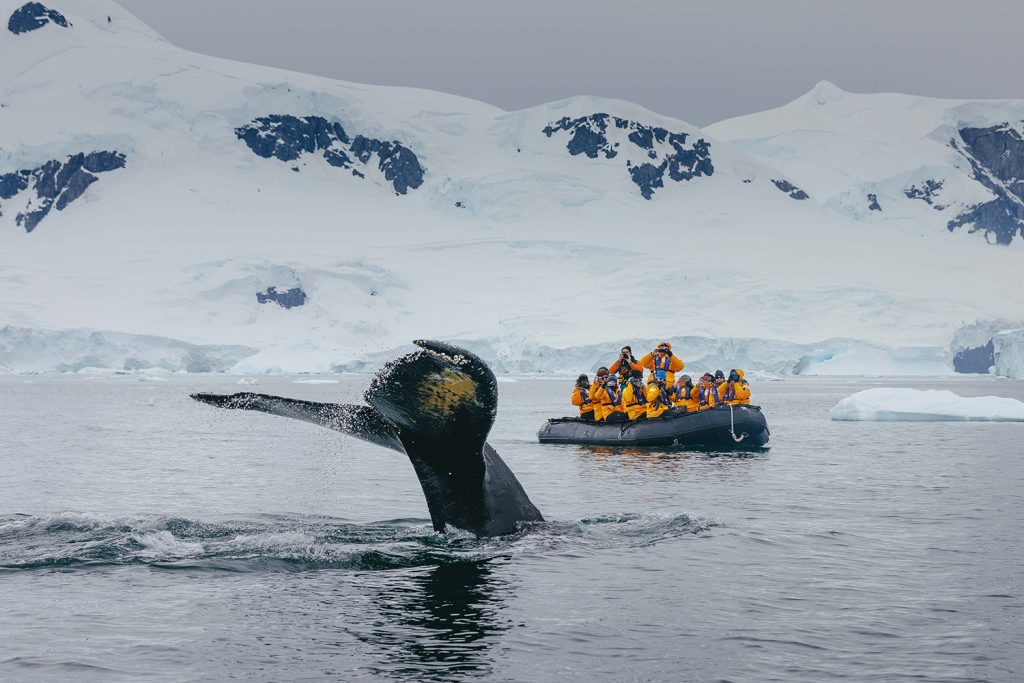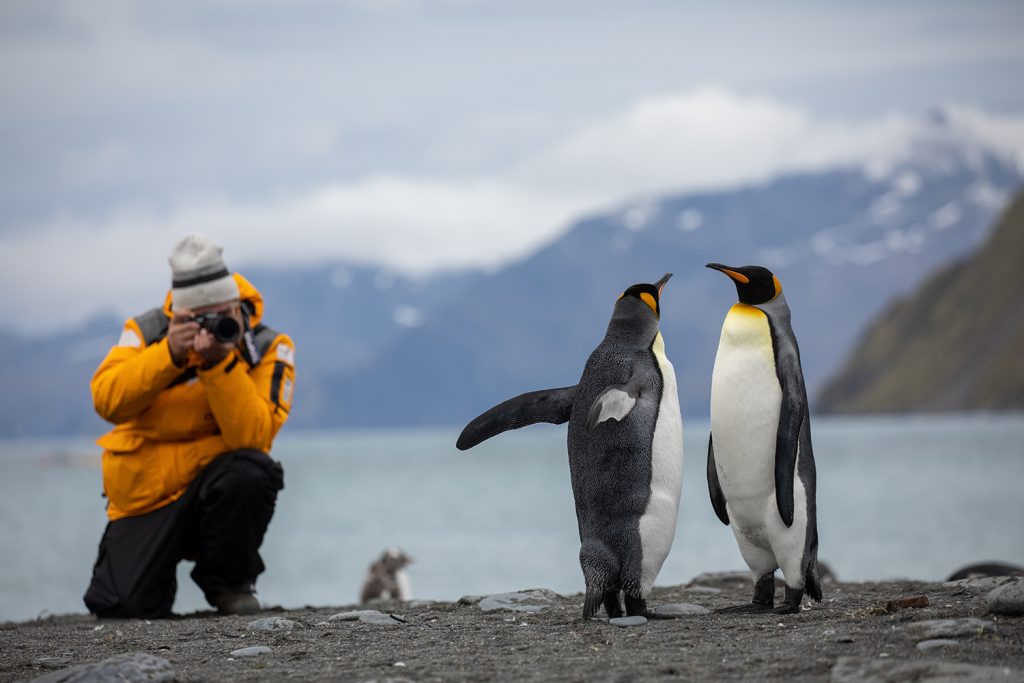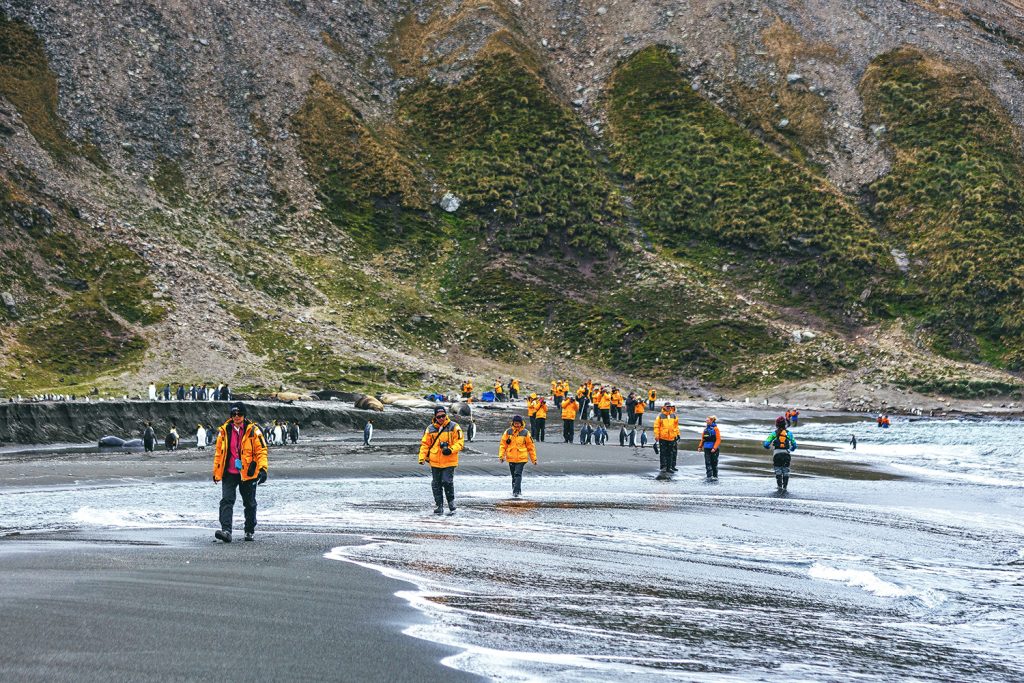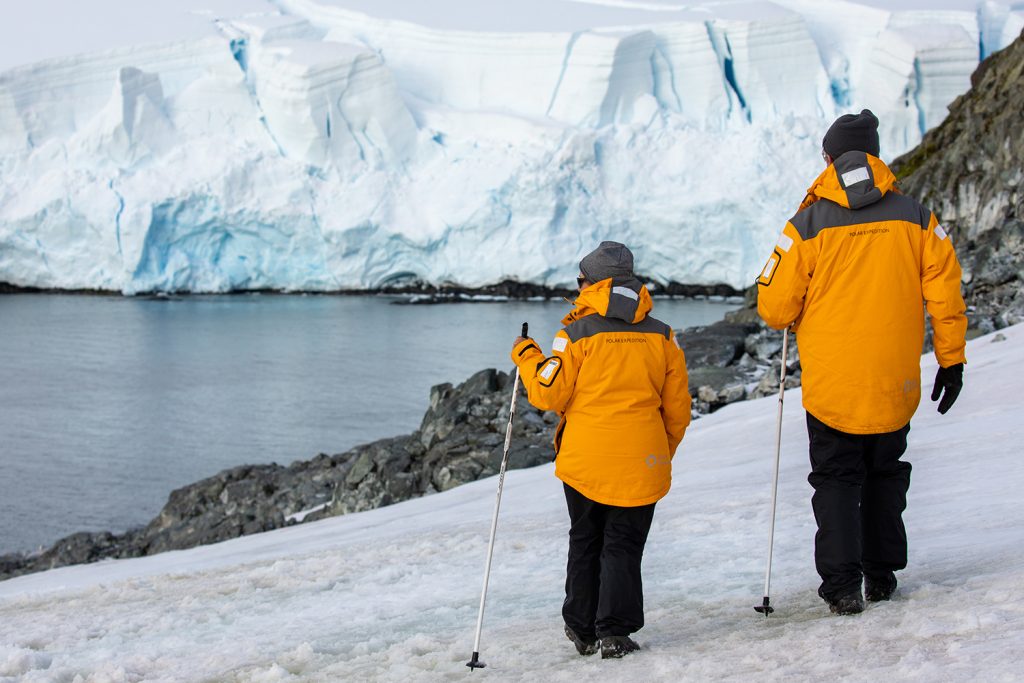El Chalten: Argentina's Hiking and Trekking Paradise
Nestled in the heart of Patagonia, lies El Chalten, a true gem and Argentina’s trekking and climbing capital. Home to Glaciers National Park, El Chalten beckons adventurers from around the world with its natural wonders and thrilling hiking experiences.
A Gateway to Breathtaking Landscapes
Situated in the northern part of Glaciers National Park, El Chalten serves as the ideal gateway to Patagonia’s most impressive landscapes. As you venture into this wilderness, your gaze will be captured by the dominating presence of granite massifs. Fitz Roy, Cerro Torre, Poincenot, and Egger stand as formidable giants, challenging the most experienced hikers with their difficulty and offering unparalleled vistas.
Upon arrival, all visitors must stop at the park entrance to check-in and receive instructions on how to preserve the fragile beauty of this natural wonder. This essential measure ensures the conservation of Glaciers National Park, allowing future generations to revel in its untouched magnificence.
Tailored Treks for Every level
El Chalten caters to hikers of all levels, offering a range of treks that can be tailored to your preferred duration and intensity. Depending on the number of days you plan to stay, the town provides a variety of trails, allowing you to immerse yourself in the beauty of the surrounding landscapes.
Among the must-do treks, two stand out as super-famous and should not be missed. The trek to Laguna de los Tres rewards hikers with breathtaking views of Fitz Roy’s granite spires reflected in the turquoise waters of the lagoon. This trail, known for its scenic beauty, can be self-guided for those who feel confident in their hiking skills. However, hiring a knowledgeable local guide can enhance your experience by providing deeper insights into the area’s flora, fauna, and geological wonders.
Another essential hike leads to Cerro Torre, an iconic peak renowned for its stunning beauty and challenging ascent. The trail to Cerro Torre promises unparalleled panoramas and a sense of achievement for those who conquer its heights.
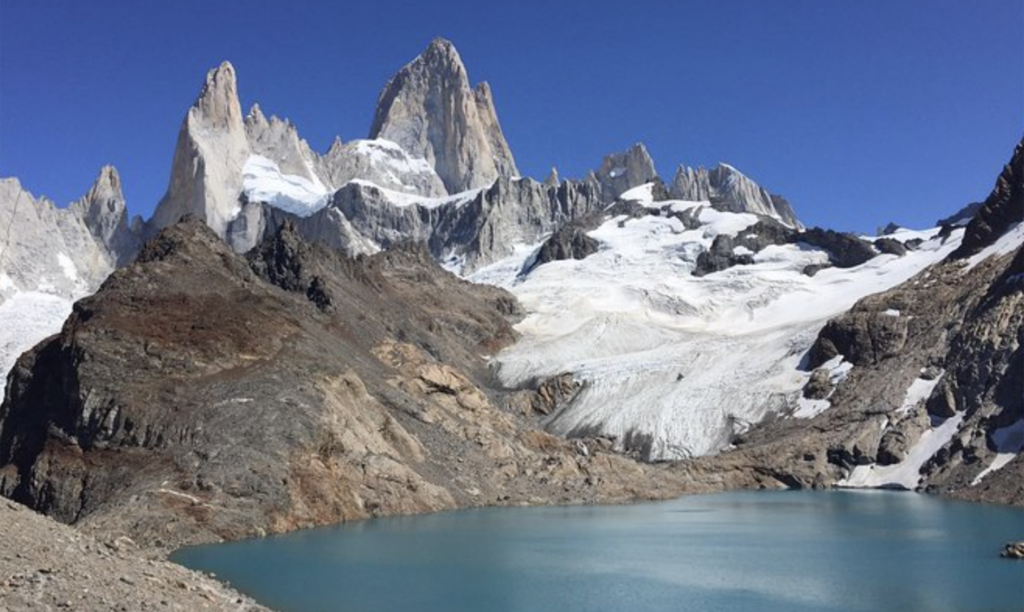
FULL DAY TREKS:
Trekking to Laguna de los Tres: A Rewarding Day Hike in El Chalten
This medium-difficulty trek, suitable for experienced hikers or those with a good fitness level, allows you to immerse yourself in the natural beauty of the Fitz Roy massif and its surroundings. Let’s explore this exhilarating hike and the breathtaking views that await at Laguna de los Tres.
The trek to Laguna de los Tres can be completed in a single day, making it an ideal choice for those seeking a rewarding outdoor experience without an overnight stay. While prior trekking experience is not necessary, having a good fitness level will certainly make the journey more enjoyable. Prepare to walk for approximately 8 to 10 hours, taking in the stunning landscapes along the way.
Starting the Trek:
The journey begins with a steep climb that leads you to a valley offering a path towards the Fitz Roy massif. As you progress, you’ll traverse picturesque Ñires forests and encounter well-marked viewpoints. Keep an eye out for a sign that provides details about the surrounding horizon landscape, adding to the enchantment of the trek.
Reaching Basecamps:
After around 4 hours of trekking from El Chalten, you’ll arrive at Poincenot Basecamp, a popular camping site within the park. For those wishing to extend their adventure, a stay at Poincenot or Rio Blanco basecamp can be combined with the trek. Just a short ten-minute walk from Poincenot, you’ll find Rio Blanco basecamp.
The Final Climb:
From Rio Blanco basecamp, the ascent steepens for approximately 450 yards as you make your way to Laguna de los Tres. This section of the trek is demanding but well worth the effort. It takes about an additional hour to reach the final destination. As you reach the highest point on the path, a truly majestic panorama awaits—Fitz Roy, Glacier de los Tres, and the sparkling lagoon. The sight is truly awe-inspiring, providing an up-close encounter with the iconic Mt. Fitz Roy.
Conclusion:
The trek to Laguna de los Tres offers a captivating day-long adventure in El Chalten, Argentina. While considered of medium difficulty, the hike is accessible to hikers with a good fitness level and rewards them with unforgettable views of Fitz Roy and its surrounding beauty. Immerse yourself in the natural wonders of Patagonia, embark on this trek, and let the magic of Laguna de los Tres take your breath away.
Laguna de los TRES
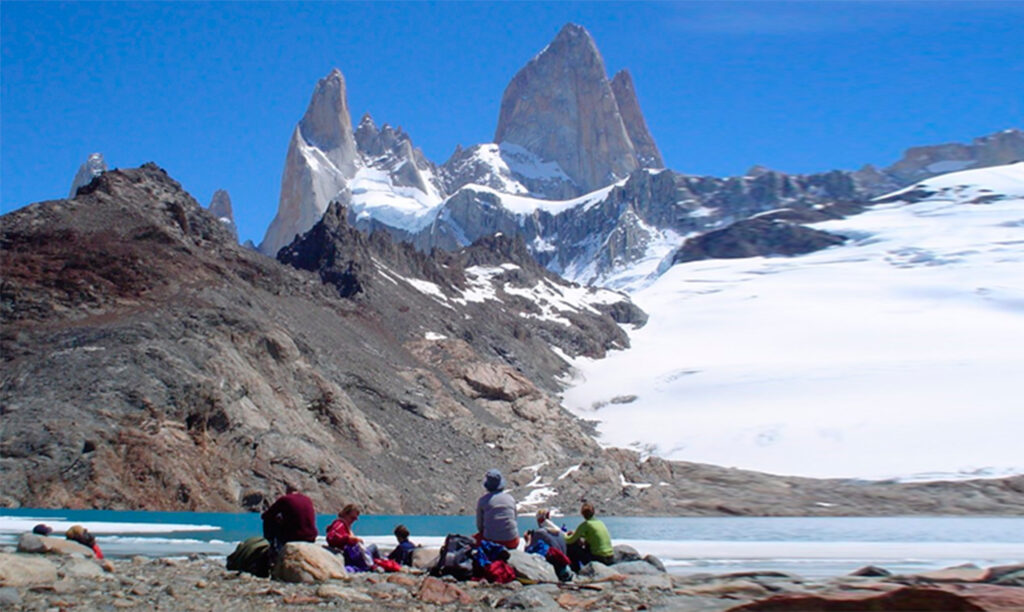
Trek to Laguna Torre
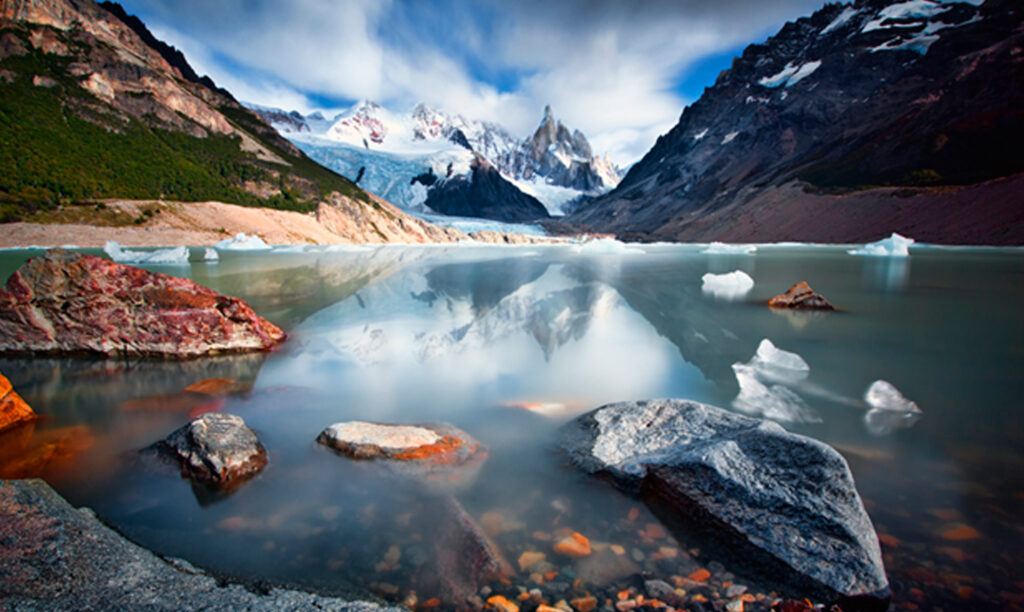
A Full Day of Adventure:
The Laguna Torre trek is a must-do for avid hikers visiting Chalten. Taking approximately a full day to complete, this trail offers an immersive experience in Patagonia’s pristine wilderness. While slightly less demanding than the Laguna de los Tres hike, it still presents a rewarding challenge and promises unforgettable sights.
Two Paths, One Remarkable Journey:
Starting from Chalten, the Laguna Torre trek offers two paths that merge shortly after departure. As you embark on this adventure, you’ll find yourself immersed in the breathtaking beauty of the Fitz Roy River. Within minutes of starting, a magnificent view over the ravine of the river greets you, revealing a splendid panorama encompassing Solo, Adela, Cerro Torre, and Fitz Roy.
Discovering Natural Wonders:
Continuing along the path, you’ll encounter the Margarita Waterfall, a true gem along the trek. Here, you’ll find another natural balcony offering astonishing views of Adela’s Belt, Cerro Torre, and the surrounding granite formations. This picturesque spot provides the perfect opportunity to pause, soak in the beauty, and capture unforgettable memories.
Enchanting Laguna Torre:
Crossing the Agostini campsite, the trek leads you closer to the main highlight—Laguna Torre. Just 15 minutes from the campsite, you’ll arrive at the lake, where icebergs gracefully float, forming the front of the Grande glacier. The tranquil beauty of Laguna Torre, with its icy wonders and awe-inspiring surroundings, makes it a sight to behold.
Short Walks for More Delights:
For those with additional days to spare, El Chalten offers several shorter walks that can be completed in half a day or less. These hikes provide excellent opportunities to admire the massifs, valleys, rivers, and even spot vultures soaring above. If you’re seeking quicker and less challenging hikes, be sure to explore our suggestions for these delightful excursions.
Conclusion:
The Laguna Torre trek in El Chalten promises a remarkable day-long adventure filled with breathtaking scenery and natural wonders. From panoramic views over the Fitz Roy River to the enchanting Laguna Torre with its icebergs and the Grande glacier, every step on this trail is a feast for the senses. Embrace the beauty of Patagonia, embark on the Laguna Torre trek, and create lasting memories of your exploration in this captivating region.
Read more about El Chalten HERE
Shape timeless experiences in Patagonia – Book your adventure now!
For personalized trip planning CONTACT OUR TEAM




